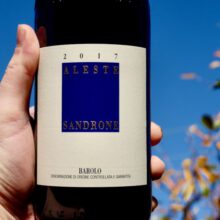
Product information
Luciano Sandrone Barolo ‘Aleste’ a.k.a ‘Cannubi Boschis’ 2019
$349
Description
Classic Cannubi! Savoury, dark & a little broody, just starting to settle. Intrigue and personality on show. Delicacy of expression on the nose. A little licorice, slate and graphite. A powerful palate. Aggression of tannins in a good way that will take time to resolve. Sour cherry and fine acid. An excellent Aleste with all the hallmarks of quality Cannubi.
Aleste is a contraction of the names Alessia and Stefano, grandchildren of the late Luciano Sandrone. With fruit from Cannubi Boschis, the 2019 Barolo Aleste shows important richness and structure. This is the proverbial Barolo with a capital B. It reveals thick layers of dark fruit, cherry and spice. It shows sweet tannins and impactful texture. When tasting at the winery, Le Vigne is usually served first, and Aleste comes after that. Both wines promise a very long aging window.
Monica Larner, The Wine Advocate 97 Points
The 2019 Barolo Aleste is another stellar wine from Sandrone. Like Le Vigne, the Aleste is a tightly wound ball of energy. Dark cherry, mocha, plum, licorice and lavender all race across the palate. This racy, but youthfully austere Barolo has a ton to offer. There’s more density and a darker profile than in the Le Vigne, sort of like a soloist to Le Vigne’s orchestra.
Antonio Galloni, Vinous 97 Points
Only 1 left in stock
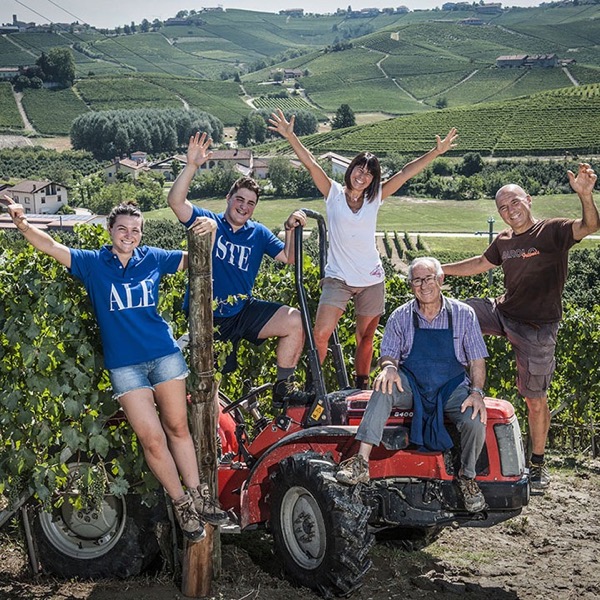











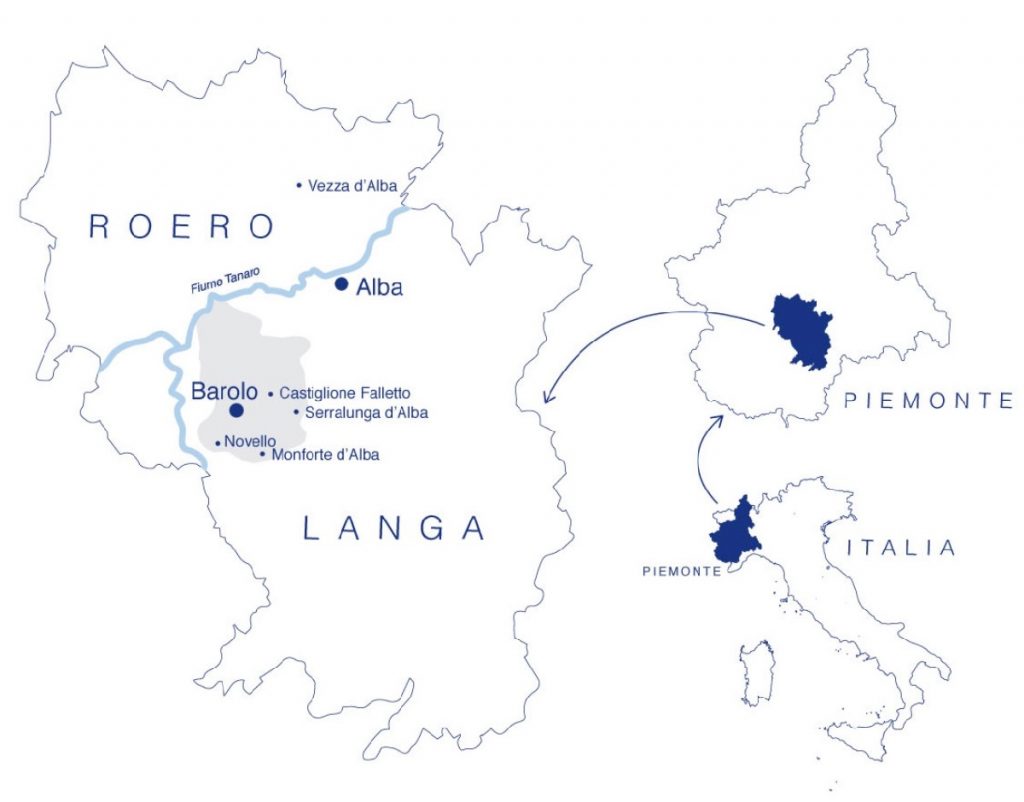
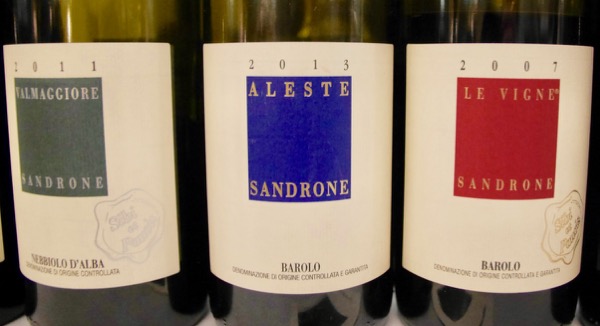



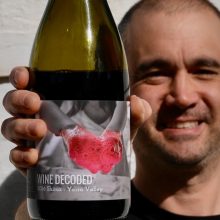
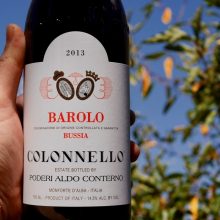
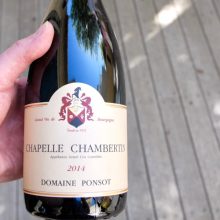
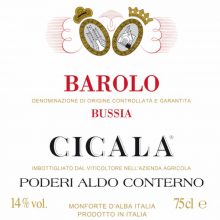
You must be logged in to post a comment.